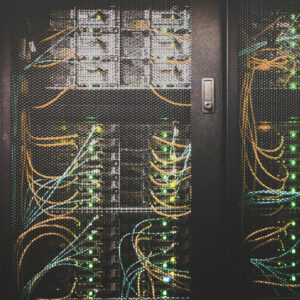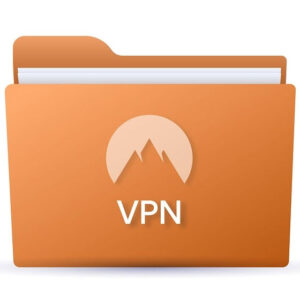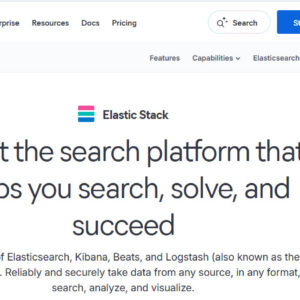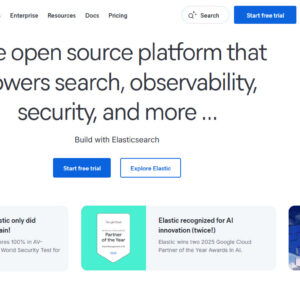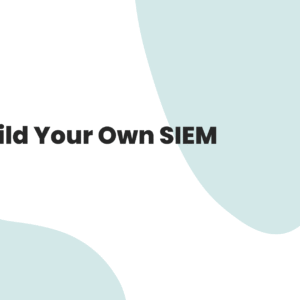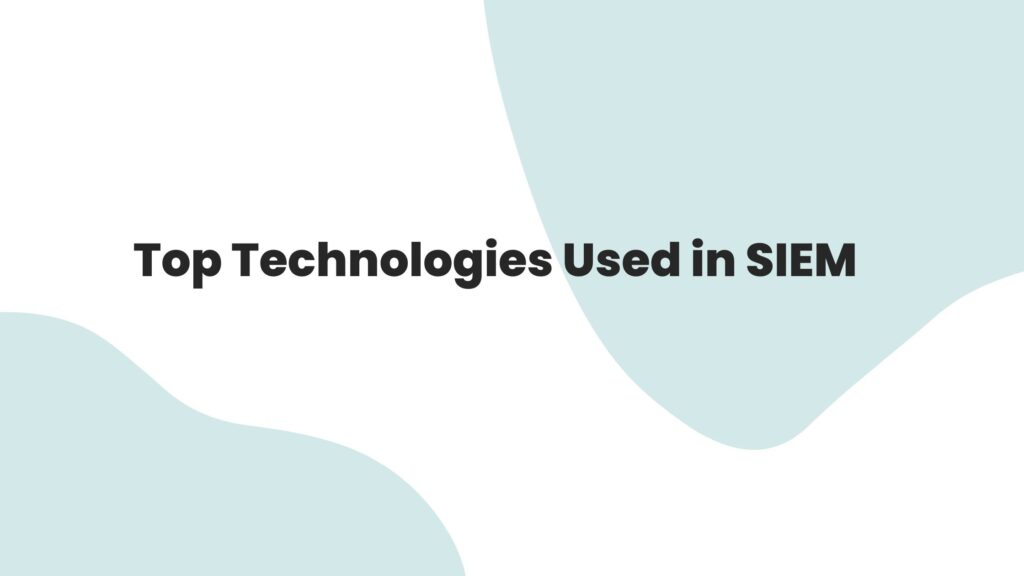
Security Information and Event Management (SIEM) systems have become an essential part of modern cybersecurity infrastructures. These platforms provide real-time analysis of security alerts generated by hardware and software across an organization. As cyber threats evolve, so too must the technologies supporting SIEM. To ensure SIEM platforms are effective, scalable, and capable of providing actionable insights, a variety of cutting-edge technologies are used. In this article, we explore the key technologies that power today’s SIEM systems.
1. Big Data Technologies
SIEM systems handle vast volumes of data from various sources such as servers, firewalls, intrusion detection systems (IDS), and more. Big data technologies enable efficient storage, processing, and querying of this data.
- Hadoop and Apache Spark are commonly used for scalable data processing.
- NoSQL databases like Elasticsearch or MongoDB provide fast, flexible data retrieval.
- Distributed storage systems allow SIEM platforms to manage terabytes or petabytes of log data efficiently.
These technologies ensure that SIEM solutions remain responsive, even when handling millions of events per second.
2. Machine Learning and Artificial Intelligence (AI)
Modern SIEM platforms are increasingly leveraging AI and machine learning (ML) to improve threat detection and reduce false positives.
- Anomaly detection algorithms help identify unusual patterns in network traffic or user behavior.
- Behavioral analytics models establish baselines for normal activity and alert security teams when deviations occur.
- Predictive analytics can anticipate potential threats before they become critical incidents.
By integrating AI, SIEM systems can move beyond rule-based detection to intelligent, adaptive threat management.
3. Security Orchestration, Automation, and Response (SOAR)
SOAR technologies enhance SIEM platforms by automating incident response workflows.
- Playbooks define automated responses to common threats.
- Integrations with ticketing systems, firewalls, and endpoint detection tools streamline responses.
- Case management tools help security teams track, analyze, and close incidents efficiently.
SOAR helps reduce the time to respond (TTR) and alleviates alert fatigue for security analysts.
4. Cloud-Native Architectures
With more organizations migrating to cloud environments, SIEM platforms must be capable of monitoring hybrid and cloud-native infrastructures.
- Cloud-native SIEMs such as Microsoft Sentinel and Google Chronicle offer seamless integration with cloud platforms.
- Microservices architectures allow better scalability and modularity.
- Serverless technologies like AWS Lambda enable event-driven analysis without managing infrastructure.
These technologies make SIEMs more agile and cost-effective, particularly for large-scale or global enterprises.
5. User and Entity Behavior Analytics (UEBA)
UEBA is a critical component in modern SIEM systems, allowing for advanced detection of insider threats and compromised accounts.
- Entity modeling helps build profiles of typical behavior for users, devices, and applications.
- Risk scoring assigns threat levels to activities, helping prioritize alerts.
- UEBA works closely with ML to provide context-aware threat intelligence.
This technology extends traditional SIEM capabilities by detecting threats that static rules would likely miss.
6. Threat Intelligence Feeds
SIEM platforms integrate external threat intelligence feeds to stay updated on emerging threats, malicious IP addresses, suspicious domains, and more.
- Feeds are sourced from open-source, commercial, or industry-shared threat databases.
- Real-time ingestion allows SIEMs to correlate known indicators of compromise (IOCs) with internal logs.
- This improves the ability to detect zero-day threats and previously unknown attack vectors.
Threat intelligence adds an external perspective, making SIEM more proactive.
7. Advanced Correlation Engines
Correlation is at the heart of any SIEM platform. Advanced correlation engines analyze data across multiple sources to identify meaningful patterns.
- Time-based correlation links events that occur in specific sequences or within time windows.
- Cross-source correlation identifies relationships between logs from different systems (e.g., firewall + IDS).
- These engines often utilize graph databases for visual and logical event connection.
The better the correlation engine, the more actionable and precise the alerts.
8. Integration with Endpoint Detection and Response (EDR)
SIEM systems often integrate with EDR platforms to gain deeper visibility into endpoint activities.
- Collects data such as process behavior, file access, and registry changes.
- Enables immediate containment of threats at the endpoint level.
- Facilitates root cause analysis by correlating endpoint data with network events.
Together, SIEM and EDR provide a more comprehensive security picture.
As cyber threats grow in scale and sophistication, SIEM platforms must continuously evolve. Incorporating technologies like machine learning, SOAR, cloud-native tools, and advanced correlation not only improves threat detection but also empowers organizations to respond faster and more effectively.
Investing in a modern SIEM solution with these technologies ensures that security teams stay ahead of potential breaches, reduce operational overhead, and enhance their organization’s overall security posture. Whether for a small business or a large enterprise, leveraging these technologies is essential for staying resilient in today’s dynamic threat landscape.
